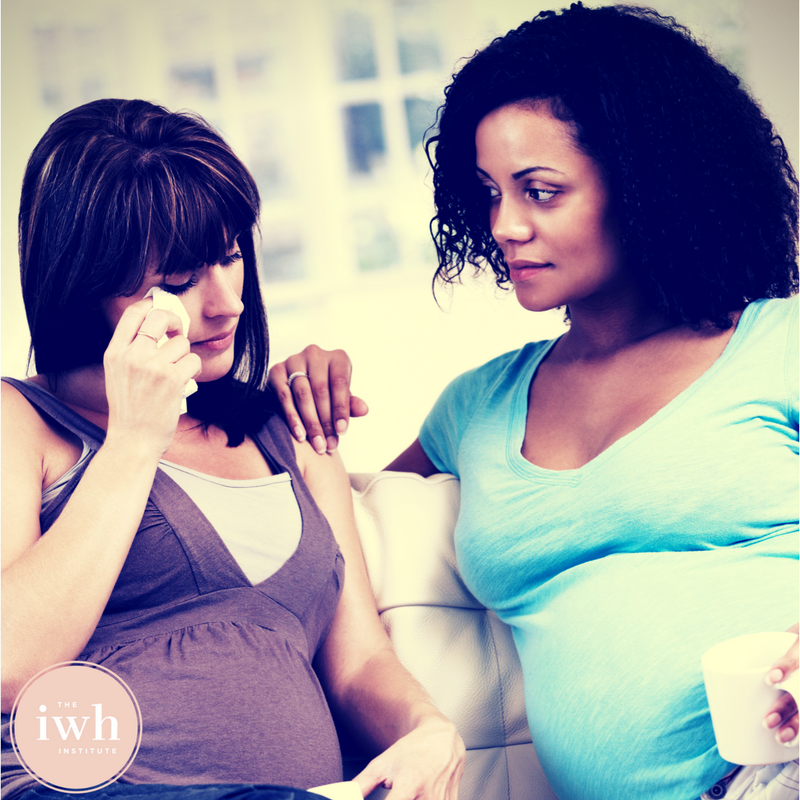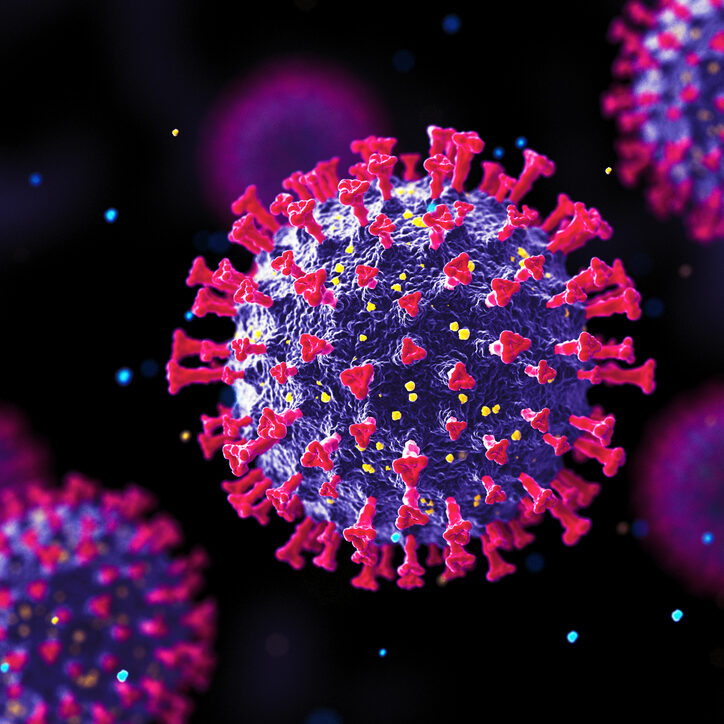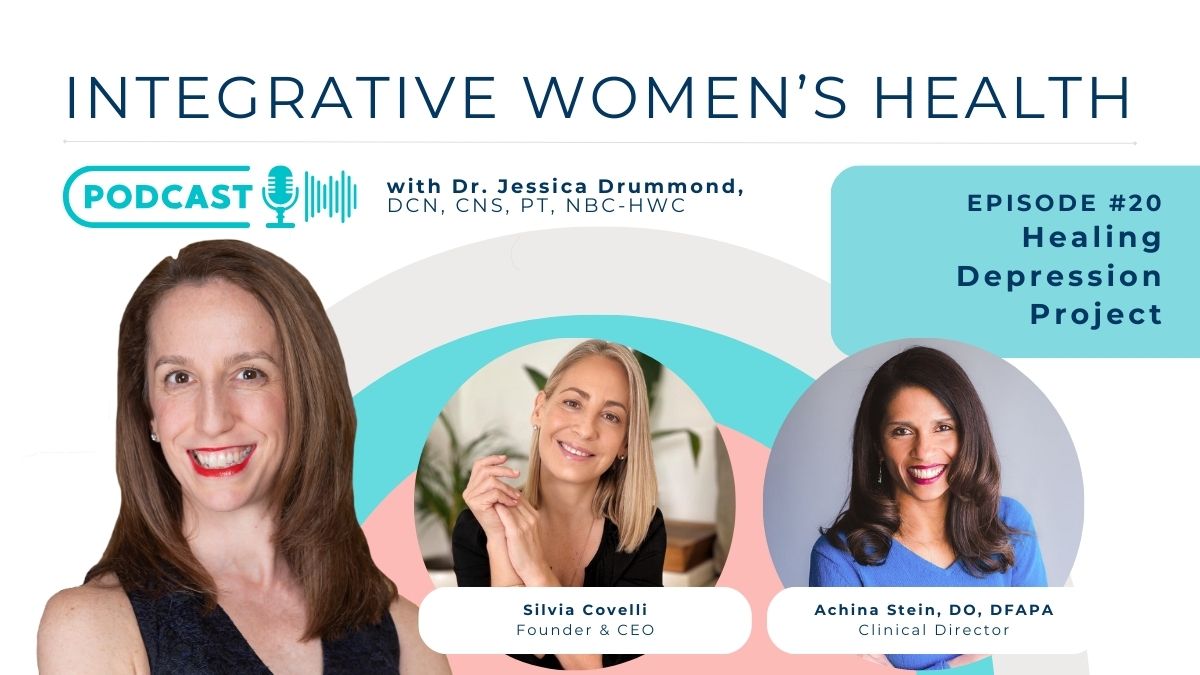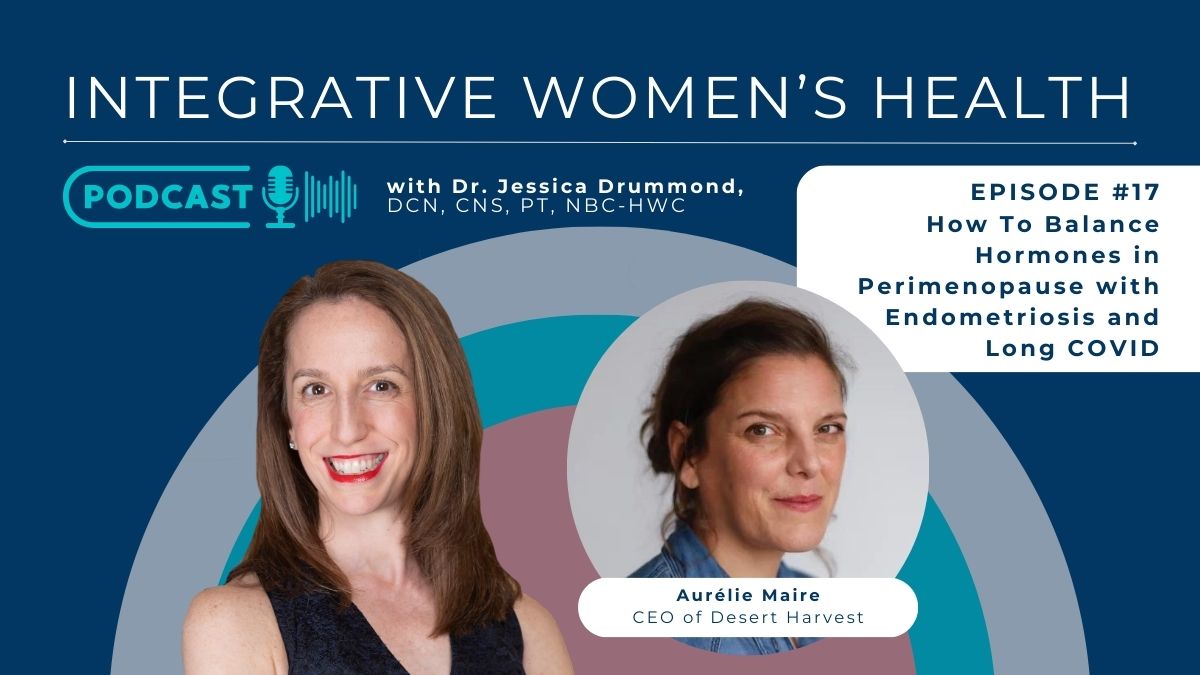
In a study, recently published in BMC Pregnancy Childbirth, the researchers asked 21 women who had never had children, through face-to-face interviews and written questionnaires, about their experiences.(1) They were interviewed and questioned before and after their first birth experience.
“The overall theme to emerge from the data was that the pain a woman may be feeling during labour is given a meaning and it is the meaning of the pain that shapes the pain experience that she has and her ongoing response to it. Two major findings within this theme were made. First, the context of the woman’s pain experience shapes the emotional and cognitive values that she places on it to give it meaning. Second, this evaluative process is influenced by the social environment. Both the context and the social environment are dynamic and may change throughout her labour. The ultimate meaning of the pain determines whether the woman’s experience of pain is positive or negative, and importantly, whether she feels she can manage the pain without the need for external sources of pain control.”
Women tended to ascribe meaning to their pain in two distinct ways, either the pain being productive and purposeful or the pain being threatening. For women who felt that their pain was productive and purposeful, they were able to cope with the pain, for those who felt threatened by the pain, they asked for more help.
Similarly, women felt that they could cope with pain when they felt safe in their birthing environment and socially, while those who felt unsupported felt that they needed help.
Birth pain is a distinct scenario from chronic pain. It is relatively short lasting and it’s relationship to the process of giving birth is well known. However, there are some attributes from this study, that we can consider for all of our patients who struggle with pain.
These are some questions that I consider clinically for all of my patients and clients…
What meaning is attributed to her pain?
While not yet studied in women with pain conditions, some women after breast cancer treatment experience “post traumatic growth.” (2) In particular, Indian women breast cancer survivors reported improved attitudes toward life and self, with a re-prioritizing of one’s own needs as taking precedence over needs related to other roles (e.g., spouse, mother, and professional). Women who experienced greater cancer-related stress, positive/adaptive coping, religious coping, sharing their breast cancer experiences with others, and social support in general had more positive growth experiences from their illness as compared with others. Thus, for women who feel that their illness or pain experience increased meaning and prioritization in her life, she may have a more positive experience.
How safe does she feel in her body?
Women experience post traumatic stress disorder (PTSD) more often than men, and have distinct risk factors. (3) Women who experience traumatic stress at a younger age are at higher risk for PTSD, unlike men. And, adverse childhood experiences (ACE’s) are now well understood to reduce stress resilience, increase long term health risk, increase pain intensity in pregnancy, and can increase longer term chronic pain risk. (4)
When 1 in 6 women have been the victim of an attempted or completed rape in the United States, most between the ages of 12 and 34, women can feel unsafe simply living in a female body. (5) And, as women ascribe meaning to their pain, women sometimes describe their bodies as “betraying” them. When her body doesn’t feel like a safe place, it can be very helpful to work through those feelings by providing mindful listening, holding safe space, compassionate and caring manual therapies, and strategies for connecting with her body as a source of safety.
How safe does she feel in her life?
- 1 in 3 women in the United States are victims of physical violence by an intimate partner within their lifetime. (6)
- 35% of single women with children live and raise their families in poverty.(7)
- Up to 45% of American retired persons frequently feel lonely.(8)
Given these statistics, we have to consider a more holistic view of safety for the women in our practices who struggle with chronic pain, or other chronic health conditions. While anti-inflammatory herbs, clean diets, manual therapies, and healthy movement practices are essential tools for healing chronic pain, we must also look deeper and support women to feel safer in their bodies – including increasing resilience of her hormonal stress response, finding meaning in her pain and healing experiences, and feeling safer in her life by building supportive relationships and networks, deepening financial safety, and being more connected in her life.
References:
- Whitburn, LY, Jones, LE, Davey, M, & Small, R. (2017) The meaning of labour pain: how the social environment and other contextual factors shape women’s experience, BMC Pregnancy and Childbirth, 17, 157 https://doi.org/10.1186/s12884-017-1343-3
- Barthakur, MS, Sharma, MP, Chaturvedi, SK & Manjunath, SK. (2016) Posttraumatic Growth in Women Survivors of Breast Cancer, Indian J Palliat Care, 22(2), 157–162, doi: 10.4103/0973-1075.179609
- Christiansen, D. M., & Elklit, A. (2008). Risk factors predict post-traumatic stress disorder differently in men and women. Annals of General Psychiatry, 7, 24. http://doi.org/10.1186/1744-859X-7-24
-
Drevin, J et al. (2015) Adverse childhood experiences influence development of pain during pregnancy, Acta Obstet Gynecol Scand, 94(8), 840–846, doi: 10.1111/aogs.12674
- National Institute of Justice & Centers for Disease Control & Prevention, Prevalence, Incidence and Consequences of Violence Against Women Survey (1998).
- https://www.cdc.gov/violenceprevention/pdf/nisvs_report2010-a.pdf
- https://www.legalmomentum.org/women-and-poverty-america
- http://fortune.com/2016/06/22/loneliness-is-a-modern-day-epidemic/






